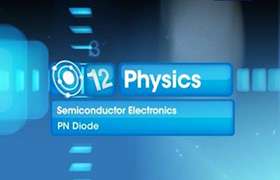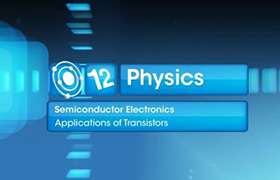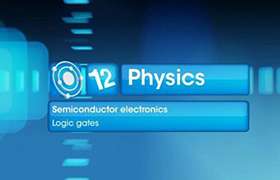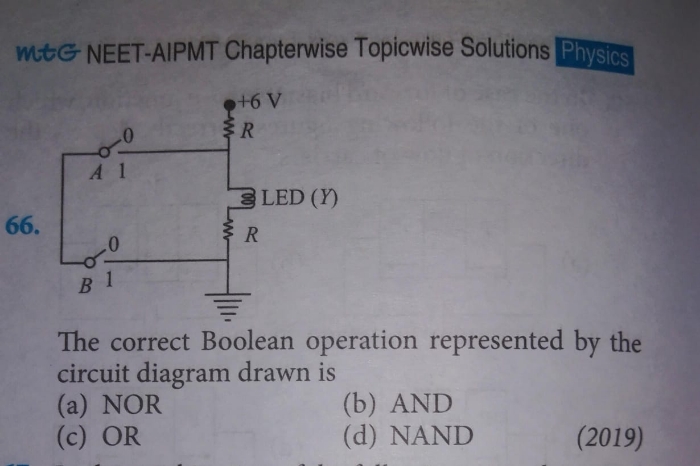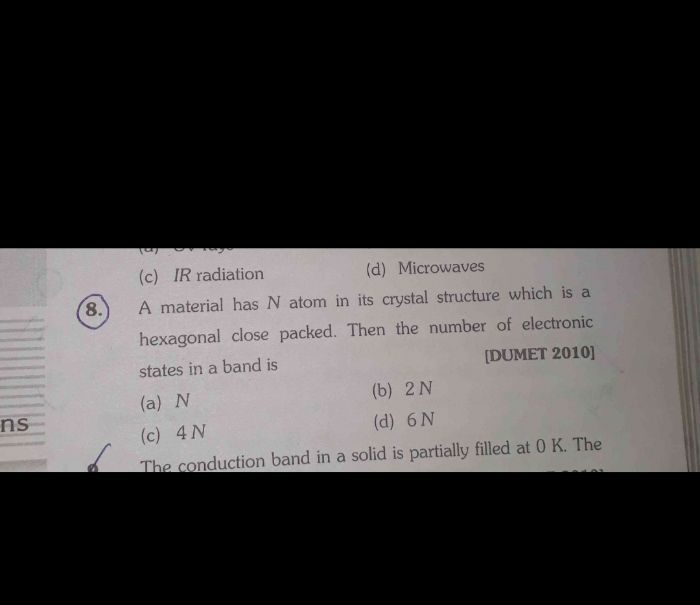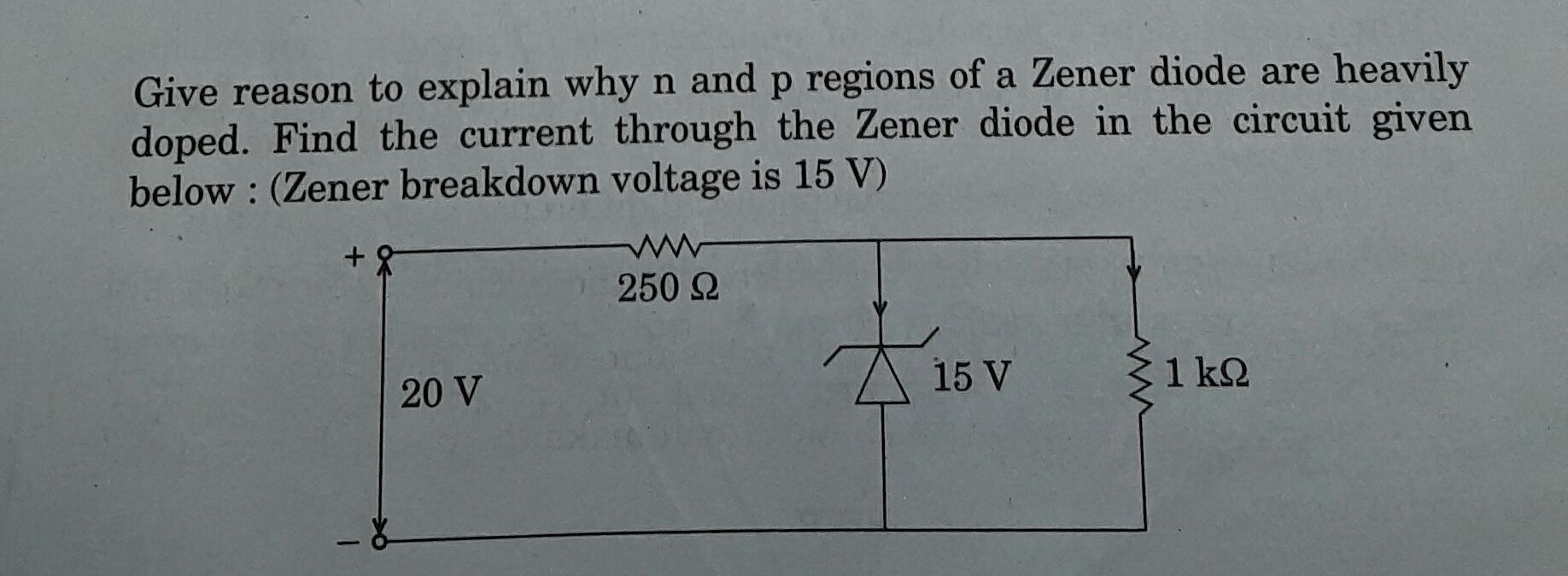CBSE Class 12-science Answered
can you please explain the graphs for input and output characteristic obtained by the common emitter configuration for npn transistor
Asked by sruthisreenivasan | 06 Feb, 2011, 12:00: AM
Dear student,

Input Characteristics
Answered by | 15 Feb, 2011, 02:01: PM
Concept Videos
CBSE 12-science - Physics
Asked by Chandudevendra99 | 24 Jan, 2024, 08:37: AM
CBSE 12-science - Physics
Asked by kabirnarwal0 | 13 Jan, 2024, 01:49: PM
CBSE 12-science - Physics
Asked by Abhishek | 23 Mar, 2023, 08:37: PM
CBSE 12-science - Physics
Asked by Ramvikassv | 14 May, 2021, 11:14: PM
CBSE 12-science - Physics
Asked by jagadeviteli1983 | 06 Sep, 2020, 10:27: AM
CBSE 12-science - Physics
Asked by sulaikhasulu393 | 08 May, 2020, 11:05: AM
CBSE 12-science - Physics
Asked by kajalkumari2k15 | 30 Nov, 2019, 11:14: AM
CBSE 12-science - Physics
Asked by Www.harshalhire51 | 20 Nov, 2019, 09:48: PM
CBSE 12-science - Physics
Asked by abhitailor158 | 06 Mar, 2019, 05:56: PM
CBSE 12-science - Physics
Asked by vk335548 | 05 Mar, 2019, 10:32: PM

